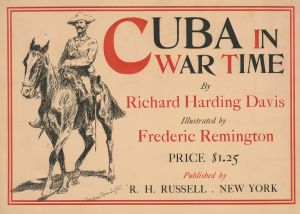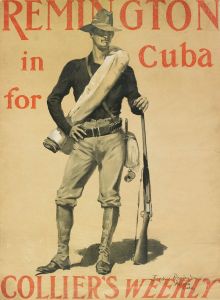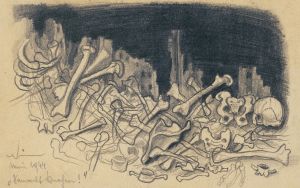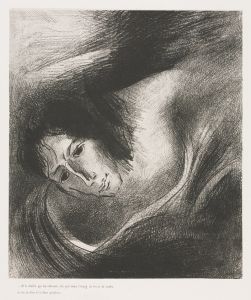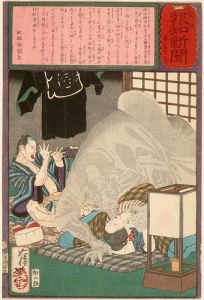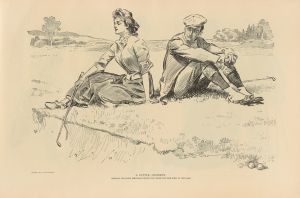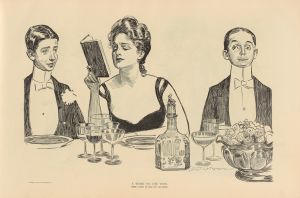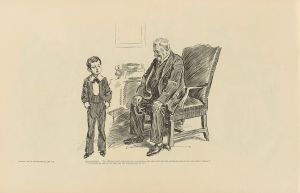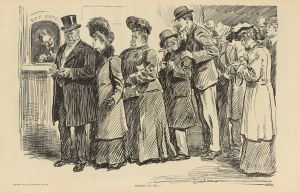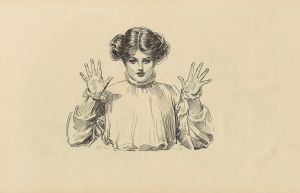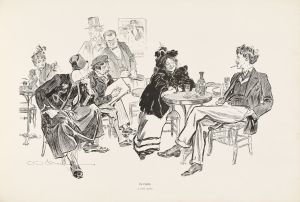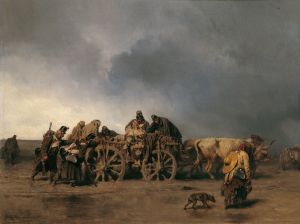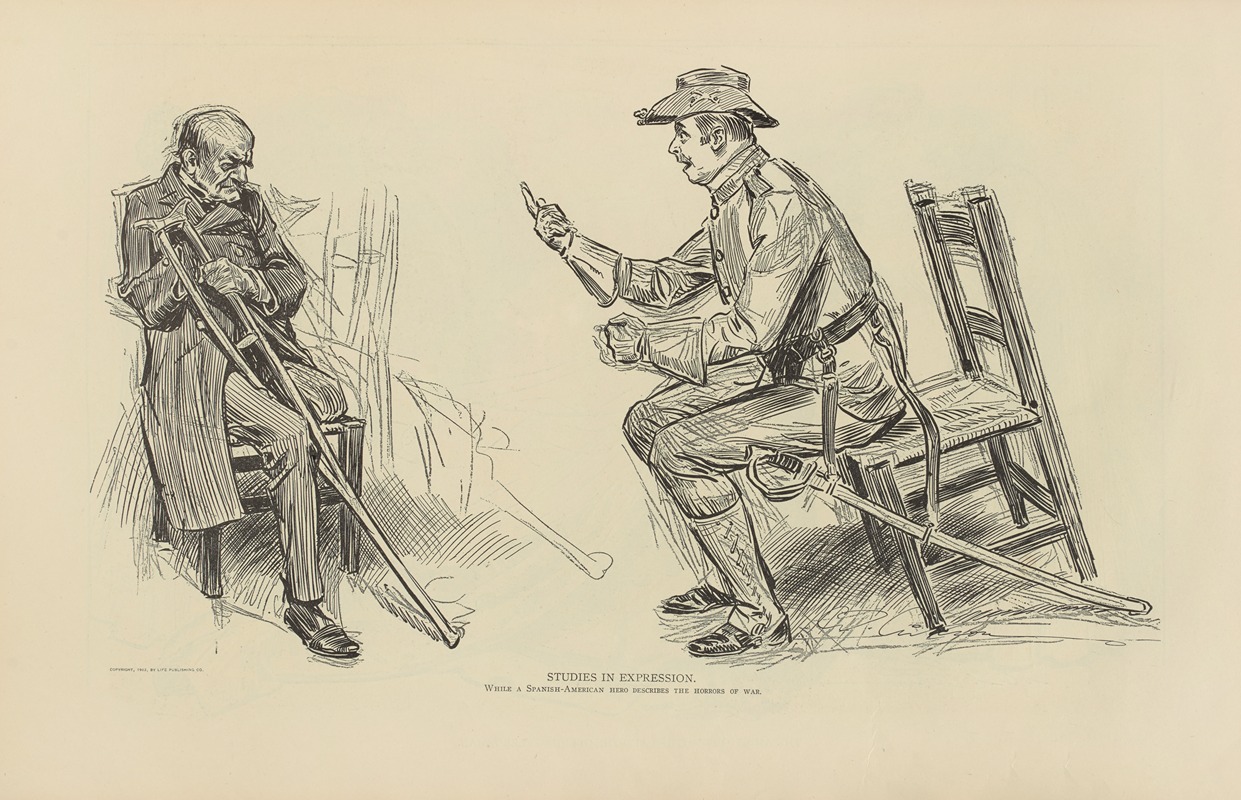
Studies in expression, while a Spanish-American hero describes the horrors of war
A hand-painted replica of Charles Dana Gibson’s masterpiece Studies in expression, while a Spanish-American hero describes the horrors of war, meticulously crafted by professional artists to capture the true essence of the original. Each piece is created with museum-quality canvas and rare mineral pigments, carefully painted by experienced artists with delicate brushstrokes and rich, layered colors to perfectly recreate the texture of the original artwork. Unlike machine-printed reproductions, this hand-painted version brings the painting to life, infused with the artist’s emotions and skill in every stroke. Whether for personal collection or home decoration, it instantly elevates the artistic atmosphere of any space.
"Studies in Expression, While a Spanish-American Hero Describes the Horrors of War" is a notable illustration created by the American artist Charles Dana Gibson. Gibson, born on September 14, 1867, and passing on December 23, 1944, was a prominent illustrator best known for his creation of the "Gibson Girl," an iconic representation of the American woman at the turn of the 20th century.
This particular work, "Studies in Expression," was published in 1899, a period following the Spanish-American War, which took place in 1898. The Spanish-American War was a conflict between Spain and the United States, resulting in the U.S. gaining control over former Spanish territories such as Puerto Rico, Guam, and the Philippines. The war was a significant event in American history, marking the country's emergence as a global power.
Gibson's illustration captures a moment of intense emotional expression. The artwork features a Spanish-American war hero recounting the grim realities and brutalities of war to a group of listeners. The listeners' faces exhibit a range of emotions, from shock and horror to deep contemplation, effectively conveying the impact of the hero's narrative. This piece is a testament to Gibson's skill in portraying human emotions and his ability to comment on contemporary social and political issues through his art.
The illustration is rendered in Gibson's characteristic pen-and-ink style, which is marked by precise lines and detailed shading. This technique allows for a high level of detail and expression, making the emotions of the characters vividly clear. Gibson's work often appeared in popular magazines of the time, such as "Life" and "Harper's Weekly," and this piece is no exception, reflecting the public's interest in the aftermath of the Spanish-American War and the personal stories of those who experienced it.
"Studies in Expression" is not only a reflection of the historical context of the Spanish-American War but also an example of Gibson's broader commentary on society and human nature. His ability to capture the subtleties of facial expressions and body language made his illustrations powerful tools for storytelling and social critique.
Charles Dana Gibson's contributions to American illustration and his influence on popular culture were significant. His works, including "Studies in Expression," continue to be studied and appreciated for their artistic merit and historical significance. This particular illustration remains a poignant reminder of the human cost of war and the power of art to convey complex emotions and narratives.





